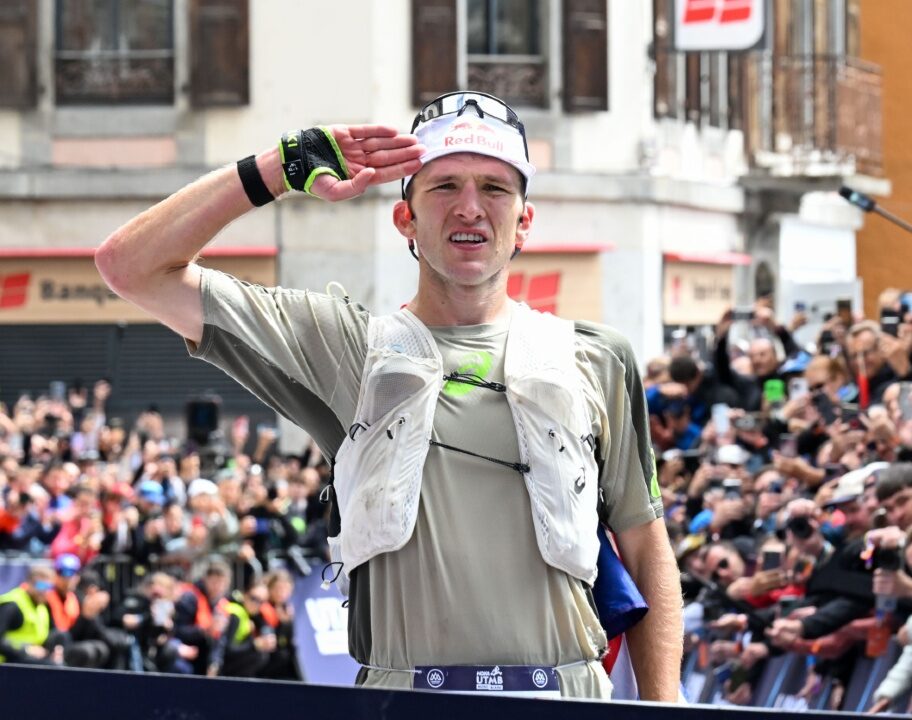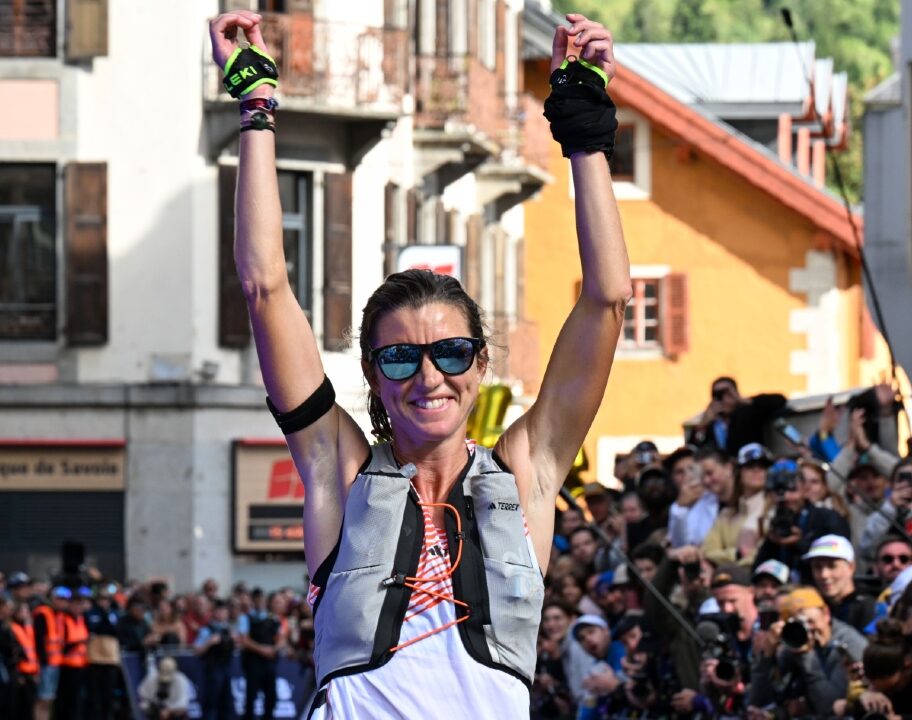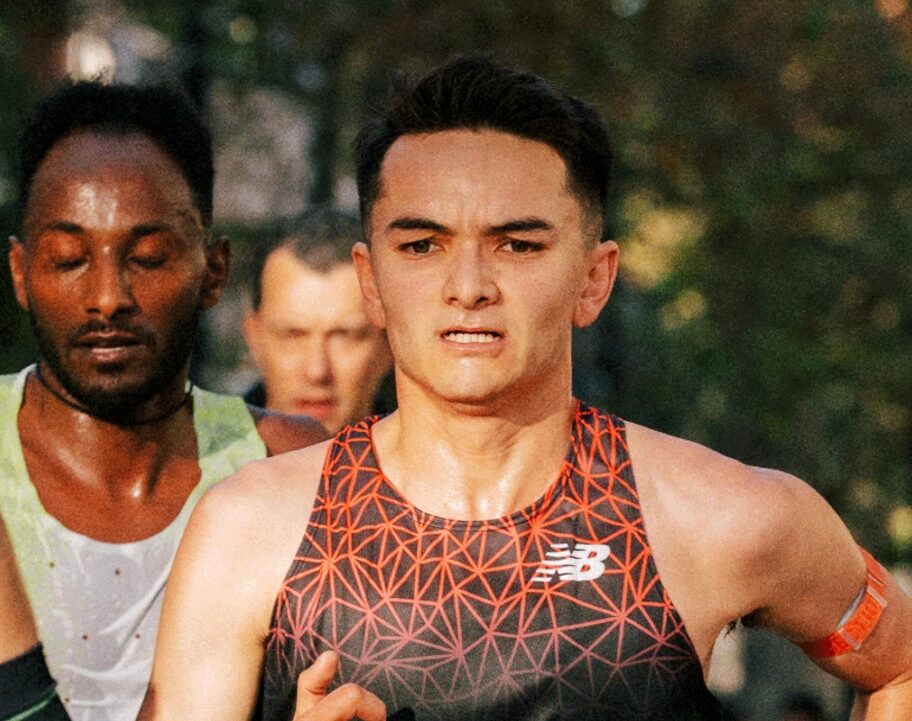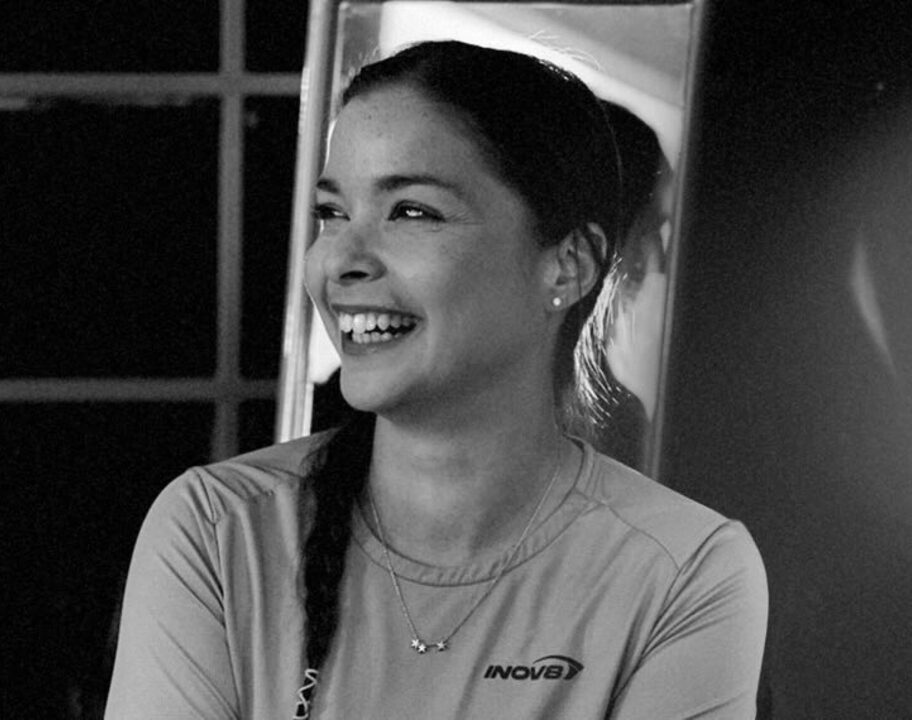As the world’s top ultrarunners prepare to descend on Bell Buckle, Tennessee, for the 2025 Backyard Ultra World Championships, the man who started it all is taking quiet satisfaction in watching his once-quirky concept turn into a global movement.
Gary Cantrell – better known by his alias Lazarus Lake – never set out to create a worldwide endurance phenomenon. But from his unassuming property in rural Tennessee, the Big’s Backyard Ultra has inspired hundreds of similar races across every continent, each testing just how far human endurance, resilience and stubbornness can go.
“It was a surprise,” he says in an exclusive interview with RUN247. “I don’t know why I started keeping a list of the other backyards, but they just kind of popped up everywhere.”
What began as a local oddity has grown into a championship format with qualifiers, national teams, and an ever-expanding community bound by a shared love of pushing past limits.
We’re now up to 85 countries – and counting – and you can read much more about that here including how it all works as we preview this weekend’s World Championships in Laz’s very own backyard.
From small loops to global phenomenon
Laz told us that he thought the event might get swallowed by “the fancy races with the big websites,” but instead, Big’s became the proving ground for the sport’s best.
“Lots of good runners wanted to come here,” he says. “It’s just gradually morphed into where now people have to qualify. If we hadn’t had all the difficulty with visas this year, it would have taken 83 yards to get in – that’s over three and a half days!”
One yard is 4.167 miles and they take place every hour, on the hour. So 24 hours equal exactly 100 miles. And the world record – remember this is non-stop – is 119, so a fraction short of five days and 500 miles.
The premise is brutally simple: start another lap every hour until you can’t. But behind that simplicity lies a deep understanding of human limits. The concept was born from Laz’s own high-school running days.
“It was tailored to the things I thought I could do,” he recalls. “What’s a time and distance where you can’t do it forever, but you can do it for as long as you’re willing?”
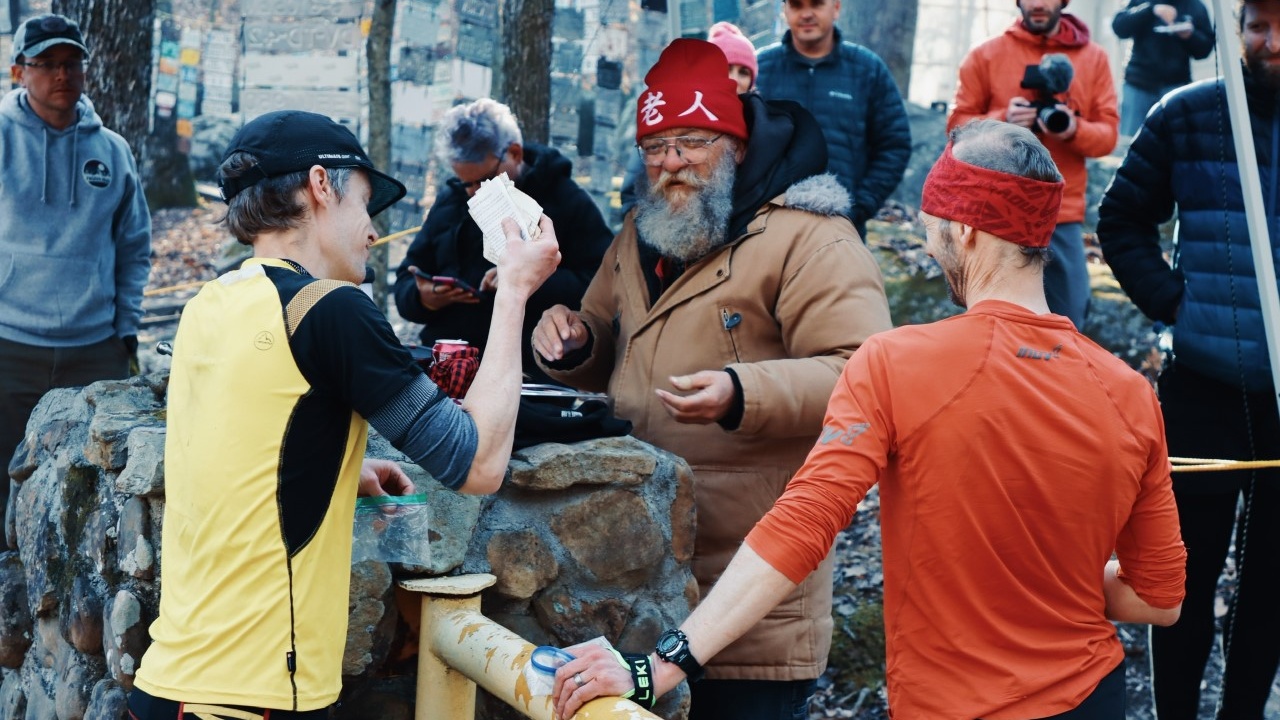
Endurance meets camaraderie
What surprised Laz most was how the format draws out extraordinary performances.
“It’s actually the best way to get huge distances,” he tells us. “It forces you not to start too fast or too slow. It enforces rest. People started getting huge distances when I thought it would be difficult just to run the same distance every hour.”
That rhythm has also made the Backyard format uniquely social.
“Every hour you’re together,” he explains. “Even elite athletes say it’s a treat – to run a lap with anyone in the race, talk, and enjoy it. It’s not like other races where you’re alone for 20 hours.”
For many, that shared experience removes intimidation.
“It’s non-threatening,” adds Laz. “If you do your laps, you’re with everyone else. And if you hit your longest distance, you ring the bell [to signal a personal best] and everyone cheers – because they know you’ve achieved something.”
Unlike traditional races where only one winner gets the spotlight, the Backyard format celebrates personal progress as much as victory.
“All you have to do is beat yourself,” says Laz. “Anyone can ring that bell.”
He describes the atmosphere at the Backyard World Championships as a multilingual co-operative effort rather than a cut-throat contest.
“They’re speaking 30 languages down there,” he says. “They help each other with supplies and gear, because if you want to do something great, the other guy has to do something great too. Until it gets down to the last two or three, it’s very much a team event. Then the mind games start – and that’s fun too.”
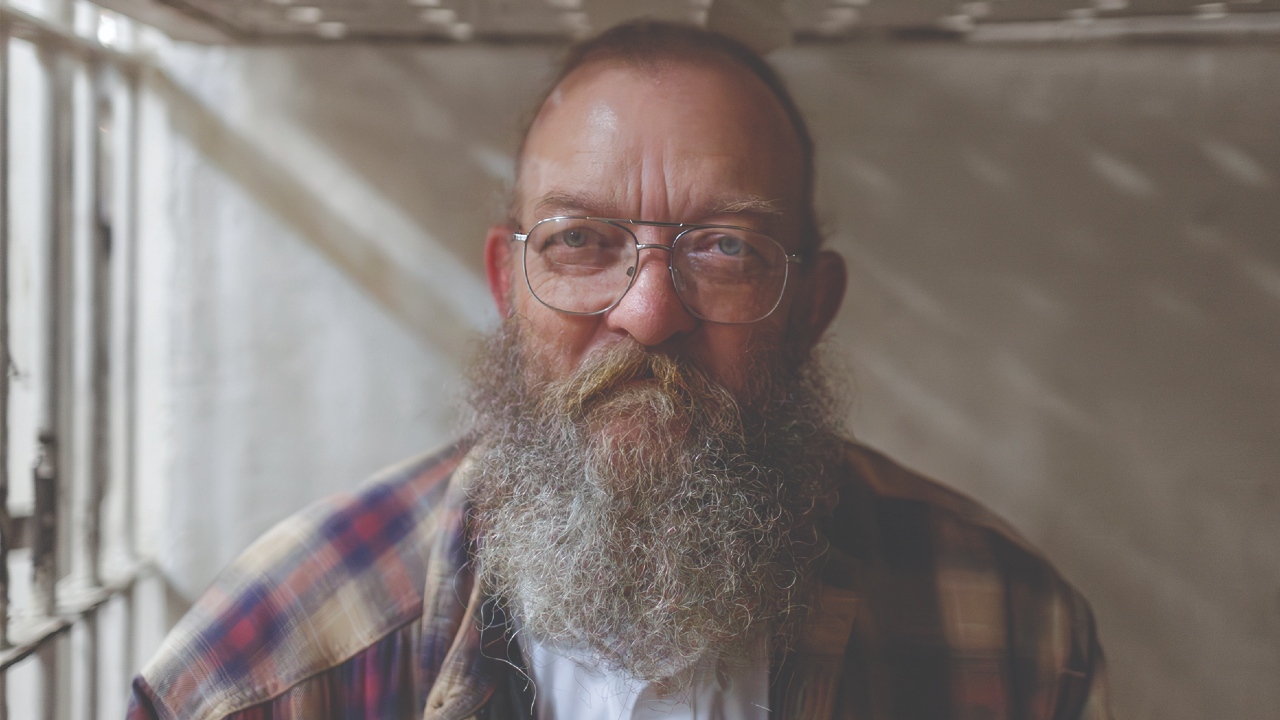
Between your chair and the corral is the hardest part
Laz sees the Backyard as a mirror for life: the hardest moments often come just before the next effort begins.
“We tell people the hardest part of the course is between your chair and the starting corral,” he says. “You just have to keep walking to the line.”
What began as a curiosity – which he now calls a “serendipitous discovery” – has now produced its own elite tier – athletes capable of running for more than 100 consecutive hours. And Laz remains in awe of human adaptability.
“Humans are amazing,” he says. “They take something hard and make it more doable. When no one had done 100 yards, the question was: can someone do 100? As soon as that happened, it became normal. Now we’re looking at 120-plus this year.”
That last comment is hugely significant – 119 is the current world record, but Laz left us in little doubt that he expects to see that surpassed sometime next week as the world’s best descend on his own backyard.
The true test: mind over matter
For all the physical grit on display, Laz insists the Backyard is fundamentally a mental game.
“Physical limitations aren’t the key,” he says. “It’s the mental ones.”
And while the format is known as “last person standing,” he draws a distinction between surrender and shared respect.
“When two people stop together after fighting so long and hard, that’s an act of sportsmanship,” he says. “They’ve both sacrificed something because they believed it was the right thing to do. You can respect that – even if I still think it’s preferable to fight to the end.”
From its humble Tennessee beginnings, Big’s Backyard Ultra has become a symbol of what Laz calls “the infinite possibilities of human stubbornness.” As ultrarunning continues to explode in popularity, the format he dreamt up remains both beautifully simple and endlessly profound.
“People just surprise you with what they’re able to accomplish,” he says. “And the Backyard lets them find that out.”
Click here to watch this year’s World Championship unfold.

